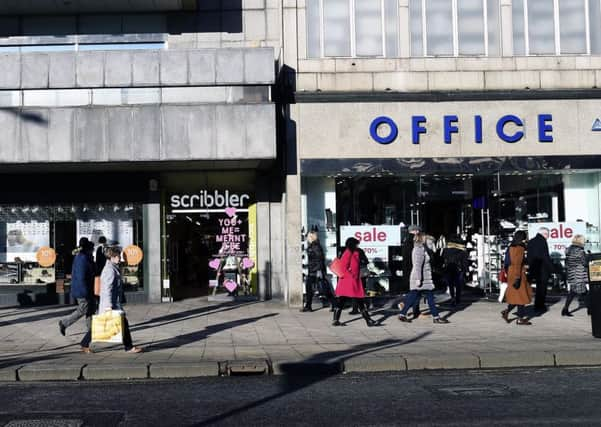Mixed fortunes for businesses as reports highlights how high street is changing


Many high streets are moving away from being “carbon copies of one another” towards a model familiar to older generations with flourishing personal services, markets, and food specialists, according to analysis by the consumer group.
Which? analysed almost 1.5 million Ordnance Survey (OS) records to compare Britain’s retail and services landscape from 2014 to 2019, finding that businesses offering personal services that cannot be replicated easily online are thriving.
Advertisement
Hide AdAdvertisement
Hide AdOf the ten sectors that have seen a rise in premises on high streets, six are categorised as “eating out and services”, with the biggest increase since 2014 seen in banqueting and function rooms (114 per cent).
This was followed by markets, one of the few sectors categorised as a retailer in the top ten, which saw an increase of 52 per cent between 2014 and 2019.
Tattooing and piercing services increased their presence by 44 per cent, cafes, snack bars and tea rooms by 35 per cent and hair and beauty services by 31 per cent.
Of the ten hardest hit sectors, only two were categorised as offering personal services, fast food delivery services ( down 50 per cent) and internet cafes (down 36 per cent). The rest were categorised as retailers.
The hardest hit sector was book and map sellers, the first to be hit by the rise of Amazon, which saw a reduction of 70 per cent over the five-year period. Other sectors to suffer include computer shops (down 56 per cent), shops selling second-hand supplies (down 44 per cent), electrical goods and components sellers (down 39 per cent) and art and antique stores (down 41 per cent).
Glasgow saw the biggest growth in outlets categorised as “personal services” in the five year period, with a 61 per cent increase in premises of this kind.